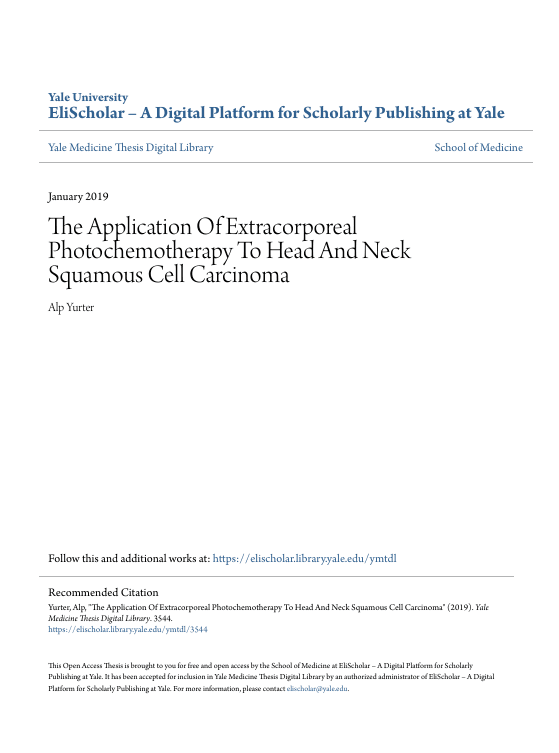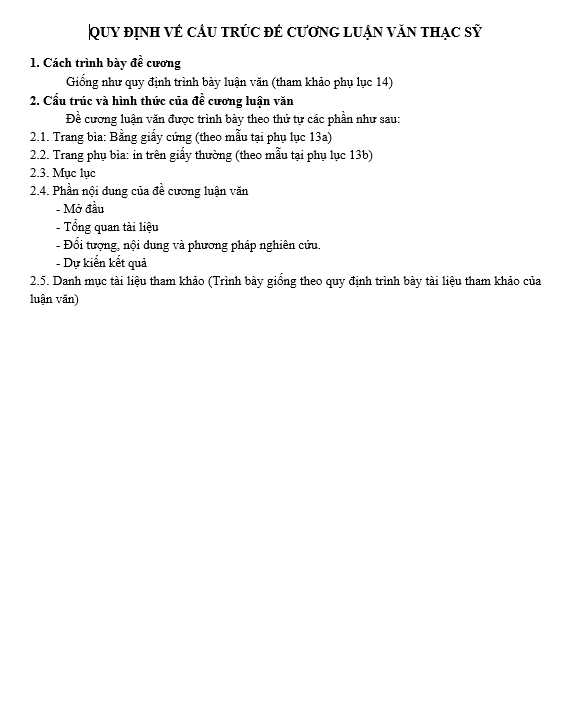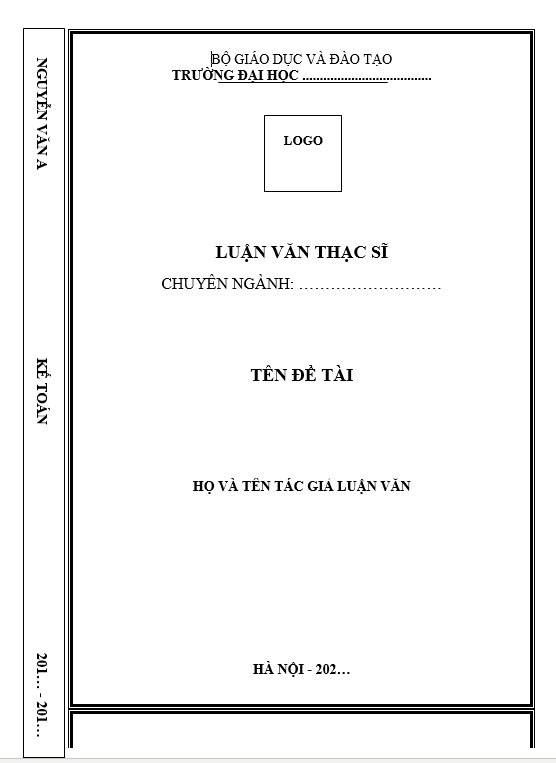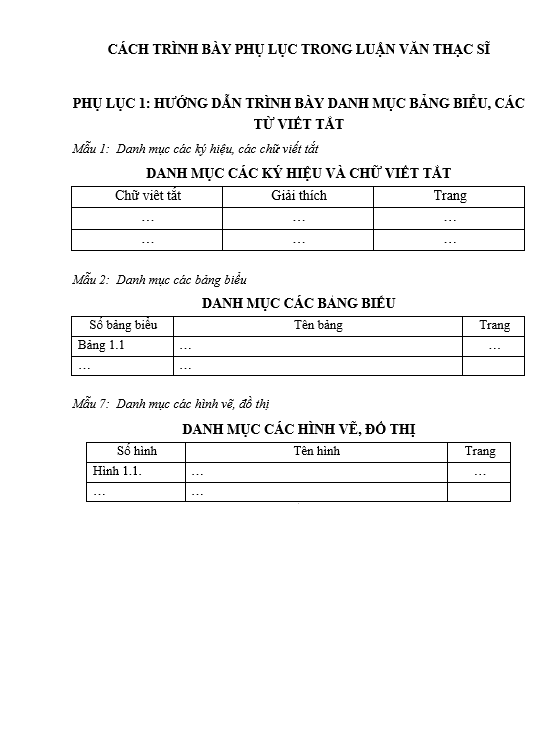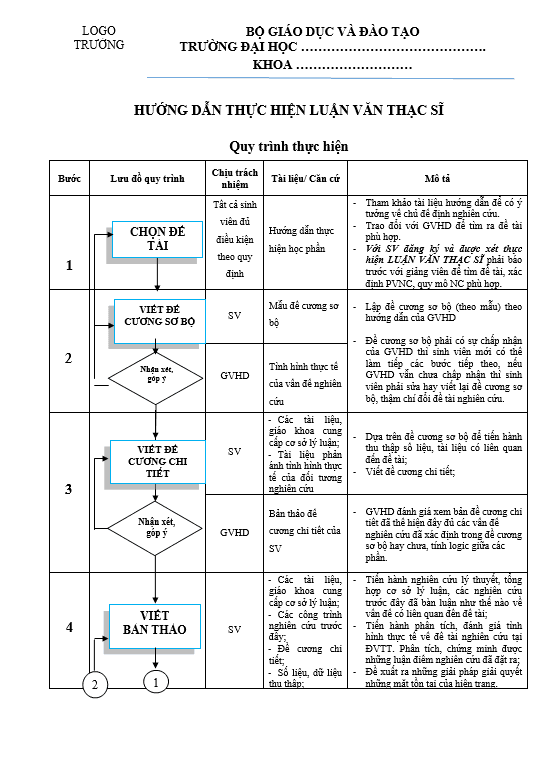TABLE OF CONTENTS
INTRODUCTION ……………………………………………………………………………………………………………………… 1
ECP Discovery ………………………………………………………………………………………………………………………… 1
ECP’s Mechanism of Action ……………………………………………………………………………………………………… 1
ECP’s Evolution ………………………………………………………………………………………………………………………. 4
Potential Application to Head and Neck Squamous Cell Carcinoma ………………………………………………. 5
STATEMENT OF PURPOSE …………………………………………………………………………………………………….. 8
Specific Aims ………………………………………………………………………………………………………………………….. 8
Hypothesis ………………………………………………………………………………………………………………………………. 8
MATERIALS AND METHODS …………………………………………………………………………………………………. 9
HPV16 E7 Antigen Sources ………………………………………………………………………………………………………. 9
Peripheral Blood Mononuclear Cells (PBMCs) ………………………………………………………………………….. 10
CD8 T Cells …………………………………………………………………………………………………………………………… 10
Transimmunization (TI) procedure …………………………………………………………………………………………… 13
Cell Stimulation Readouts ……………………………………………………………………………………………………….. 15
Statistics………………………………………………………………………………………………………………………………… 16
RESULTS ………………………………………………………………………………………………………………………………… 18
REP generates a large population of CD8 T cells with Desired TCR specificity. ……………………………. 18
CD8 T cells release IFNg upon direct stimulation with SP. …………………………………………………………. 18
Co-culture of PBMC with E7(11-20) CD8 T cells and E7 Ags results in non-specific IFNg production. . 18
Co-culture of PBMC with E7(11-19) CD8 T cells and E7 Ags results in Ag-specific IFNg production. .. 19
TI, platelets, and E7 Antigen sources induce a pro-inflammatory MoDC phenotype. ……………………… 21
PD-1 can be used as surrogate for T cell stimulation. ………………………………………………………………….. 22
DISCUSSION …………………………………………………………………………………………………………………………… 23
Limitations and Future Directions …………………………………………………………………………………………….. 26
REFERENCES ………………………………………………………………………………………………………………………… 27
FIGURES…………………………………………………………………………………………………………………………………. 31

